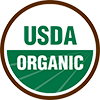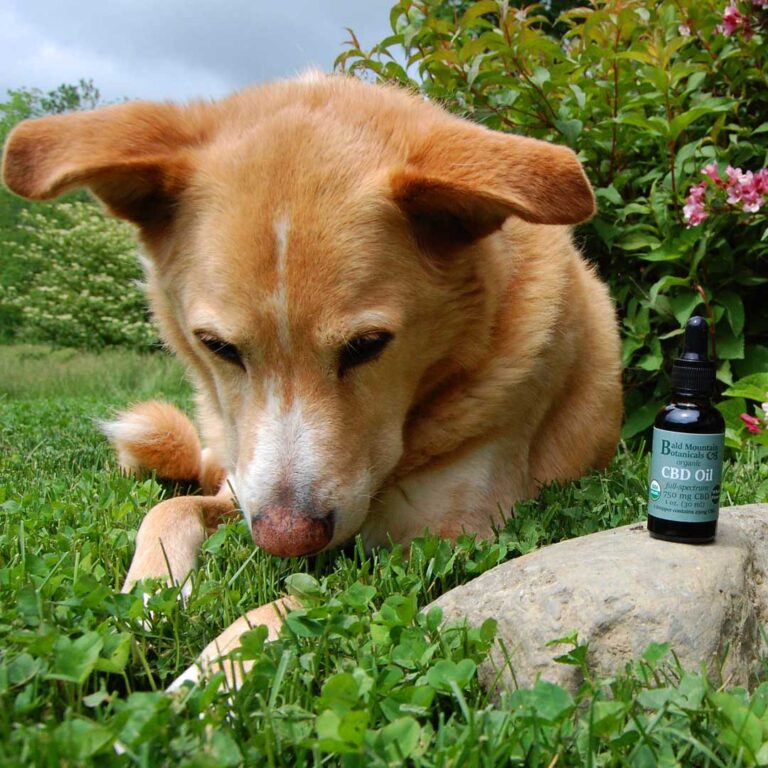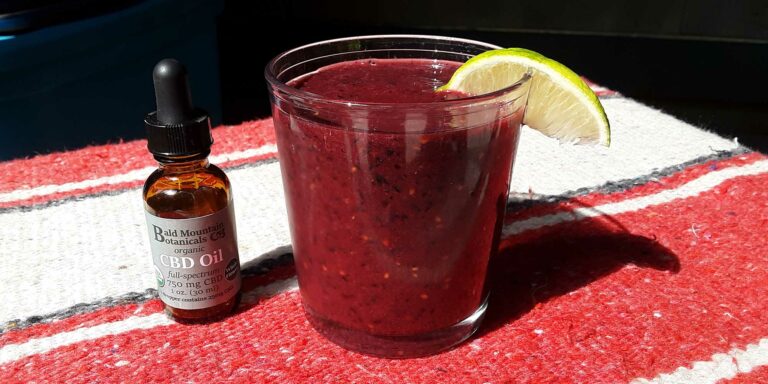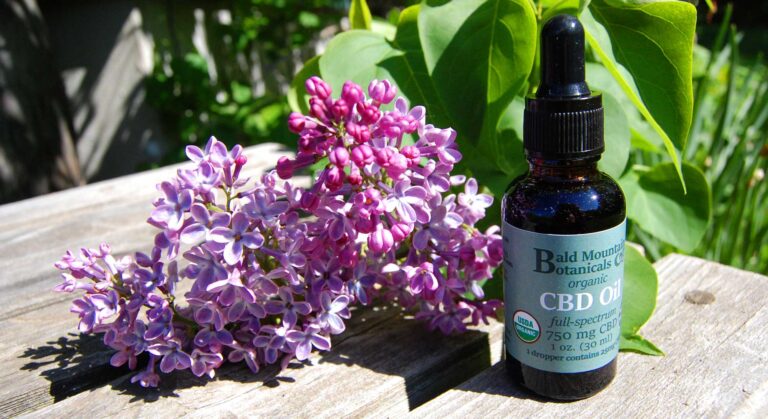CBD Dosing Guide
(note: FDA Disclaimer)
One of the most common and important questions about CBD is proper dosage. How much should you take? While there isn’t a simple one-size-fits-all answer, the most important principle to understand is this: start low and go slow. You want to find the “minimum effective dose” that provides the relief or effect you seek.
First Things First
Before we dive into dosing specifics, let’s take a moment to emphasize three important points. First, speak with your physician or caregiver before trying CBD.
Second, make sure any CBD product you use has been tested for heavy metals, pesticides, mycotoxins, and solvents by a professional 3rd party lab. It should also be tested to confirm the amount of CBD and other cannabinoids. A trustworthy vendor will not only have their products tested but will also make the lab test results readily available to their customers.

Finally, these dosage guidelines are geared toward “full-spectrum” CBD made from whole flower, which typically contains a minute amount of THC. Full-spectrum CBD is generally more effective at lower doses than “broad-spectrum” or “isolate” CBD due to the “entourage effect”–the combination of cannabinoids, terpenes, and other beneficial components contained in hemp flower that work together synergistically. Think twice about taking full-spectrum CBD, however, if you need to pass a drug test or prefer to avoid THC altogether.

Start Low and Go Slow
Newcomers to CBD should start with a 5mg dose–a relatively low amount that may not produce a perceptible effect in some people but may be just right for others. This low initial dose is what many medical cannabis experts suggest, including the Global Task Force on Dosing and Administration of Medical Cannabis in Chronic Pain which established research-based guidelines in 2020.
Taking CBD orally–either by ingestion or sublingually (under the tongue)–is the most accurate way to measure dosage. CBD oils and tinctures typically come in a bottle with a 1 milliliter (ml) eyedropper and the product label should indicate the amount of CBD in milligrams (mg) contained in 1 dropper and/or the total amount of CBD in the bottle. You can calculate the mg of CBD per dropper by dividing the total mg of CBD in the bottle by the total volume in milliliters.

Remember that it can take an hour or more to feel the effects when CBD is ingested and up to 20 minutes with sublingual administration so be patient before drawing any conclusions. It’s a good idea to take notes as it may take several trials to dial in a proper dose.
If you feel no effect or don’t get adequate relief from your symptoms, try increasing the dose by 5mg next time. Depending on your body weight and other factors, an effective dose may be anywhere from 5-50mg. Some people go higher than that, particularly with stronger pain or larger bodyweight.
Although the risk of a CBD overdose is considered low, there is a documented case of a person who was hospitalized after ingesting a hefty 370mg in a single dose (doctors couldn’t determine whether the patient’s reaction was to the CBD or to other ingredients or contaminants in the product). This is one reason to follow the guidance “start low and go slow”–if you feel any symptoms of extreme drowsiness, nausea, dizziness, or other unusual discomfort you should reduce your dosage. As mentioned earlier, don’t use any CBD products that haven’t been tested for purity since contaminants such as heavy metals or pesticides can produce uncomfortable side effects and may pose serious health risks. If the lab test results aren’t available to you, don’t take it.
Minimum Effective Dose
Finding your minimum effective dose may take some time and patience but if you approach this discovery carefully and methodically you should find an amount that works for you. It’s best not to go beyond this minimum effective dose–a larger dose won’t necessarily be more effective–in fact sometimes the opposite is true. The ideal dose is the amount that relieves your symptoms or enables comfort but no more.
To learn more about dosing and how CBD can be used most effectively, I highly recommend reading Medical Marijuana: Dr. Kogan’s Evidence-Based Guide to the Health Benefits of Cannabis and CBD by Mikhail Kogan, MD, and Joan Liebman-Smith, PhD.







